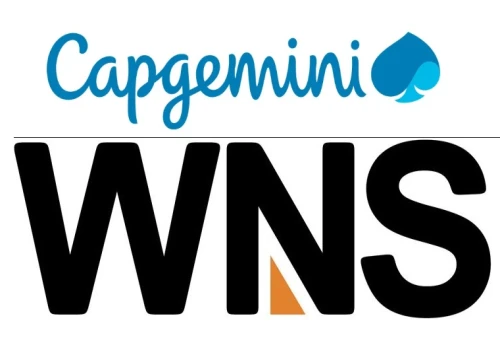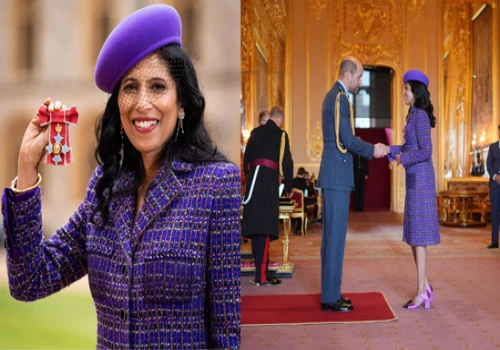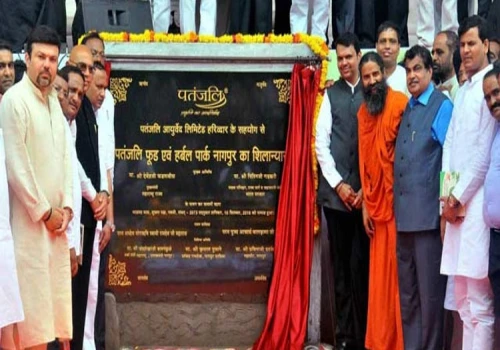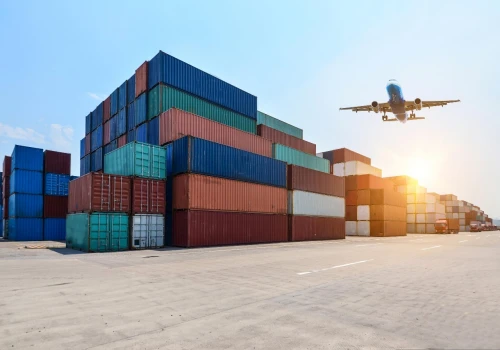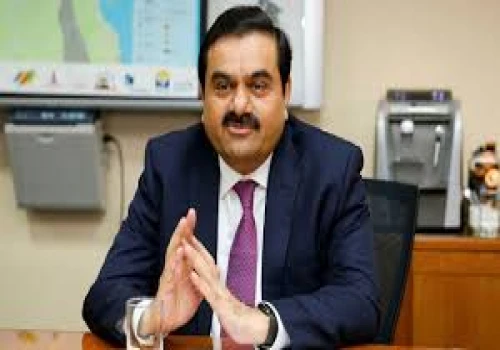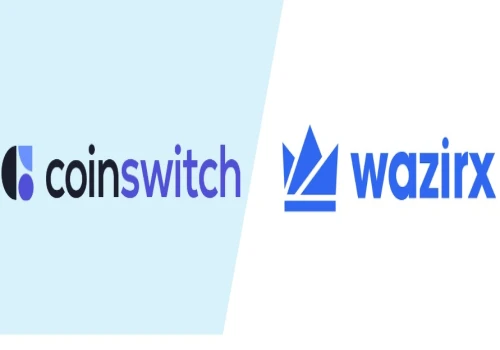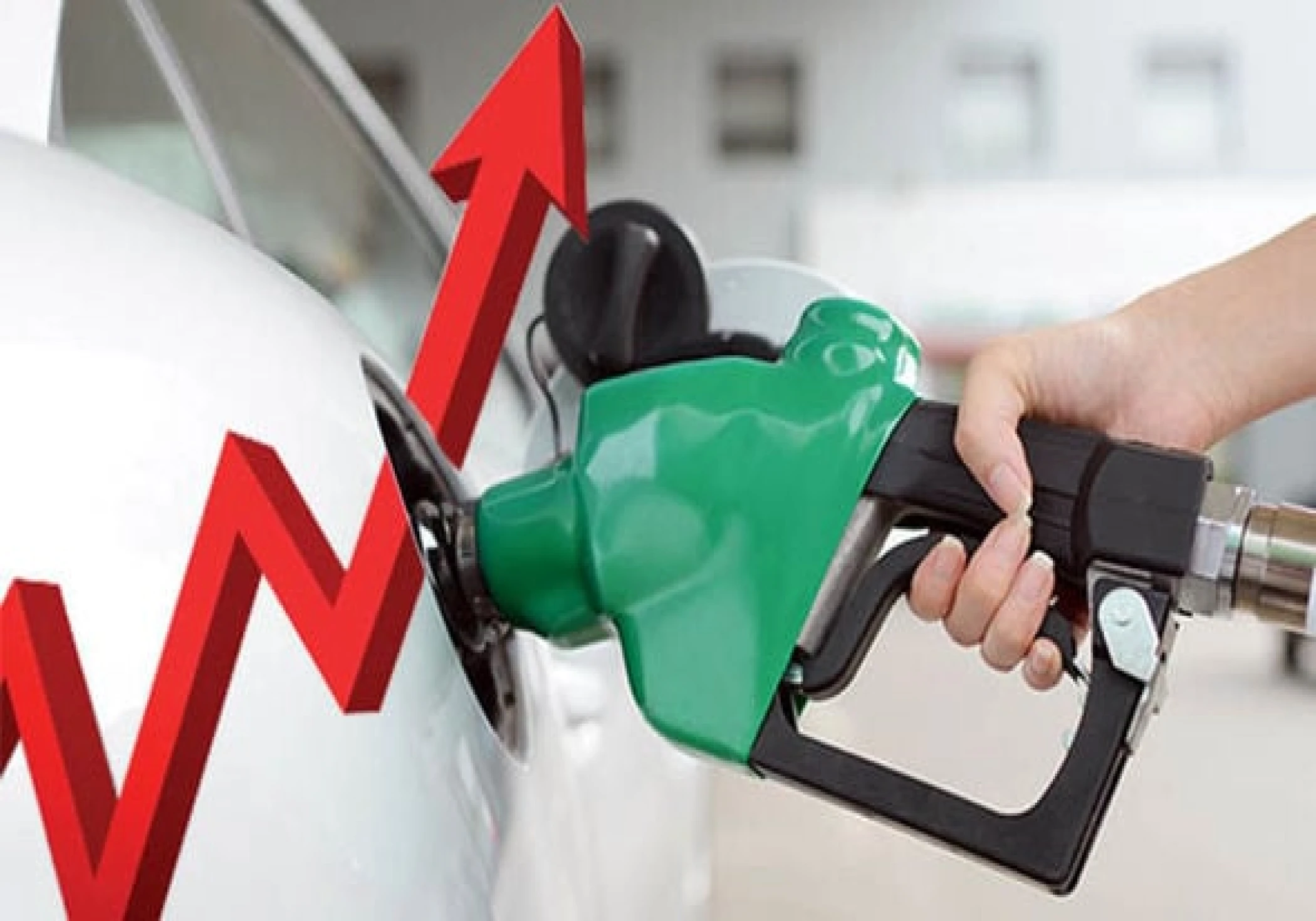
Indian motorists heaved a sigh of relief with the recent Rs. 2 per liter cut in petrol and diesel prices. This comes after a hiatus of nearly two years and brings some comfort in a time of rising inflation. However, the picture across the country remains uneven, with some states still grappling with prices exceeding Rs. 100 per liter.
State of Affairs: A Tale of Two Indias
The recent price reduction exposed the significant disparity in fuel costs across Indian states. Local Sales Tax (VAT) plays a crucial role in determining the final price at the pump. States like Andhra Pradesh, Telangana, and Kerala levy high VAT, making petrol the costliest there. Conversely, Andaman & Nicobar Islands, Delhi, and the North Eastern states benefit from lower VAT, resulting in cheaper fuel.
Leaders of the Pack (for High Prices):
- Andhra Pradesh (Rs. 109.87 per liter for petrol)
- Kerala (Rs. 107.54 per liter for petrol)
- Telangana (Rs. 107.39 per liter for petrol)
Following Close Behind:
Several BJP-ruled states also witness prices exceeding Rs. 100 per liter for petrol, including Madhya Pradesh (Rs. 106.45), Bihar (Rs. 105.16), and Rajasthan (Rs. 104.86). Other major states like West Bengal (Rs. 103.93), Tamil Nadu (Rs. 100.73), and Odisha (Rs. 101.04) also fall into this category.
Islands of Relief
Thankfully, some regions offer a breather for motorists. Petrol prices are the cheapest in Andaman & Nicobar Islands (Rs. 82 per liter), followed by Silvassa and Daman (Rs. 92.38-92.49 per liter). Delhi, with its lower VAT, offers petrol at Rs. 94.76 per liter. Similarly, North Eastern states like Aizawl (Rs. 93.68) and Guwahati (Rs. 96.12) provide some relief.
A Similar Story for Diesel
The story for diesel follows a similar pattern. While the cut brought some relief, prices remain high in Andhra Pradesh (Rs. 97.6 per liter) and Kerala (Rs. 96.41 per liter). However, Andaman & Nicobar Islands again emerge as the cheapest option (Rs. 78 per liter), followed by Delhi (Rs. 87.66 per liter) and Goa (Rs. 87.76 per liter).
Market Response to the Price Cut
Financial experts believe the price cut will impact the net marketing margins of oil marketing companies like IOC, BPCL, and HPCL. While the move brings temporary relief to consumers, questions linger about the sustainability of these reduced prices and the return to a dynamic pricing system linked to global crude oil prices.
Conclusion: A Glimmer of Hope or a Short-Lived Fix?
The recent price cut offers a welcome break for Indian motorists grappling with high fuel costs. However, the significant disparity across states due to varying VAT structures persists. The long-term solution lies in a more uniform and market-driven pricing mechanism. Whether this price cut signifies a shift towards that direction or remains a one-time measure is yet to be seen.


